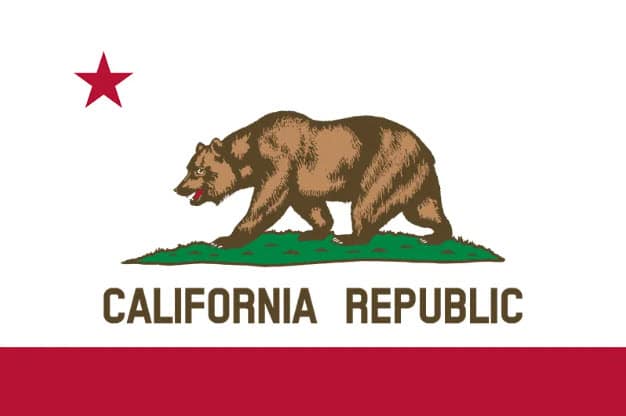Physical Address
304 North Cardinal St.
Dorchester Center, MA 02124
Physical Address
304 North Cardinal St.
Dorchester Center, MA 02124


Divorce can be a challenging and emotional process. This page is designed to help by providing essential information about divorce in California. We’ll cover the important aspects of California’s divorce laws and the steps involved. For further details, be sure to check out the additional resources and links provided.
California is a no-fault divorce state, meaning that the reasons for the divorce don’t need to be proven. The most common ground for divorce here is irreconcilable differences. To file for divorce in California, one spouse must have lived in the state for six months and in the county of filing for three months before submitting the paperwork.
California has a unique mandatory waiting period of six months from the time the other spouse is served before the divorce can be finalized, which is longer than many other states.
Starting a divorce in California involves filing a “Petition for Dissolution of Marriage” in the Superior Court. The necessary documents include detailed financial disclosures and, if applicable, proposals for child custody and support.
After filing, you need to serve the divorce papers to your spouse. California has specific procedures for serving these documents, so it’s important to follow them closely.
In California, child custody decisions are made with the child’s best interests as the primary consideration. The state encourages co-parenting and shared custody whenever possible.
Child support in California is determined using a state formula that takes into account both parents’ incomes, the number of children, and the time spent with the children. This approach might be slightly different from other states, particularly in how the formula is applied.
Alimony, known as spousal support in California, is determined based on various factors, including the length of the marriage, each spouse’s earning capacity, and the standard of living established during the marriage. Unlike some states, California doesn’t follow a strict formula, making each case’s outcome unique.
California is a community property state, meaning that all assets and debts acquired during the marriage are considered jointly owned and are usually divided equally. This approach differs from states that use equitable distribution, where assets are divided based on what’s fair but not necessarily equal.
Need more information? Dive into the links we’ve provided for in-depth details on California’s divorce laws. These resources include family law courts, official government websites, and legal aid organizations.
Article: How Much Does a Divorce Cost in California
General Forms:
Financial Forms:
Child-Related Forms:
Additional Forms:
You can find all official California court forms, including those for divorce, on the website of the California Courts: https://www.courts.ca.gov/forms.htm
Additional Resources:
Keep in mind, the information here is for guidance only and is not legal advice. Always consult with a legal professional for advice specific to your circumstances.